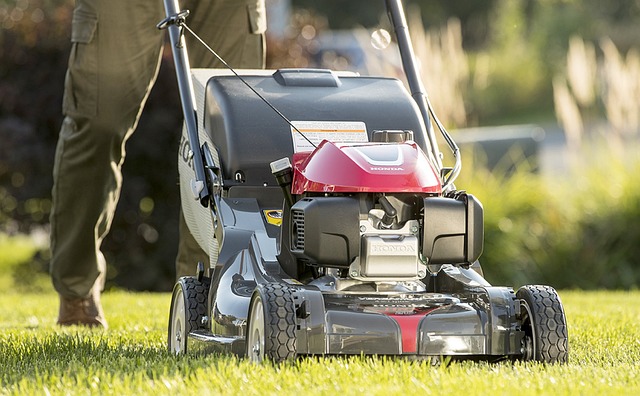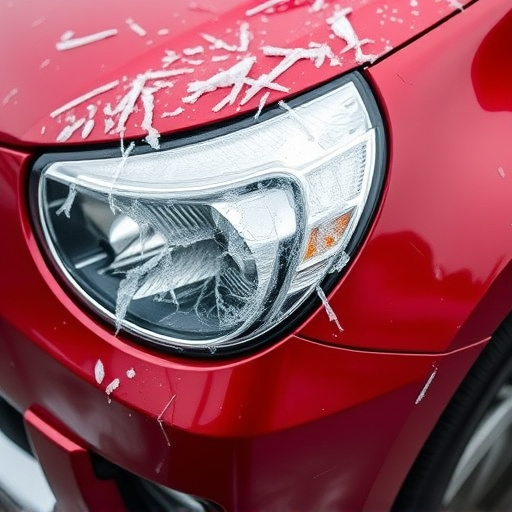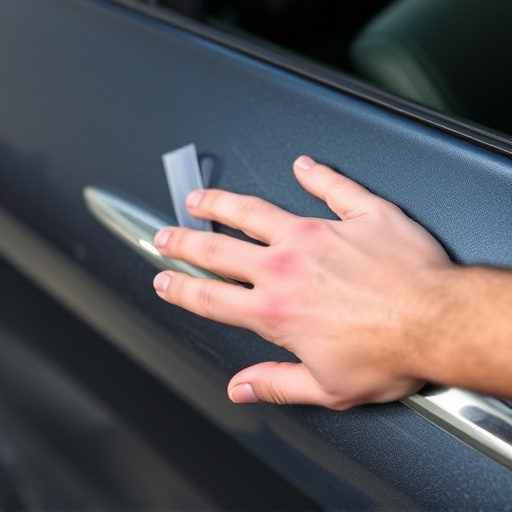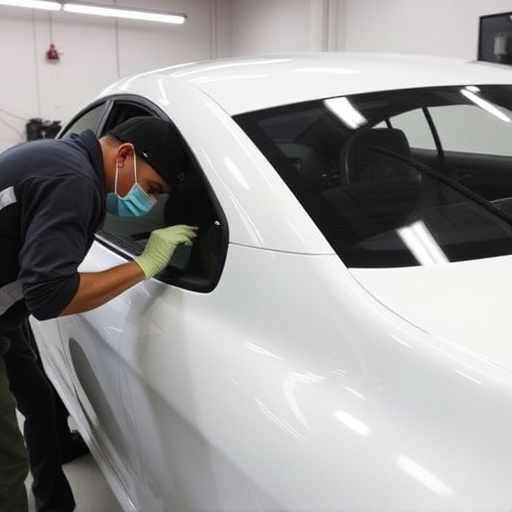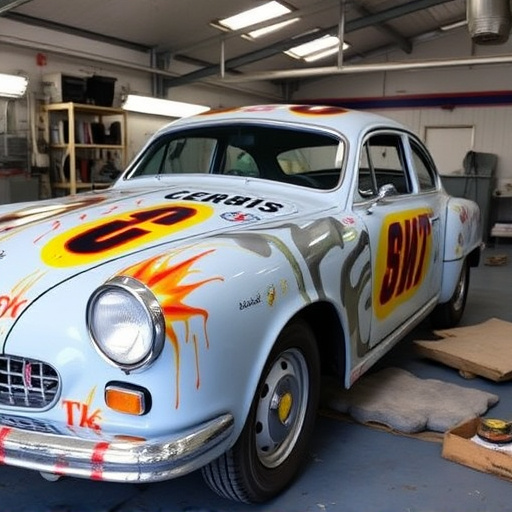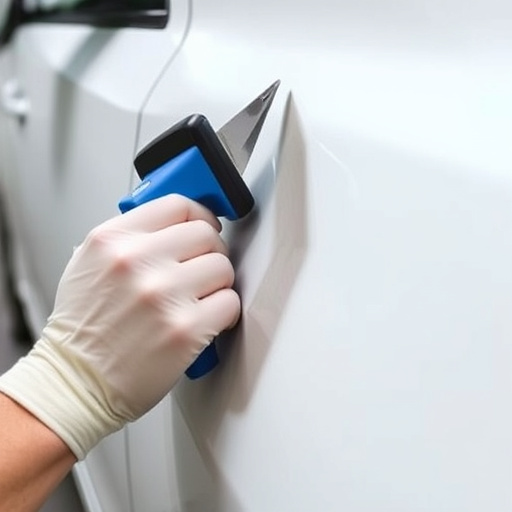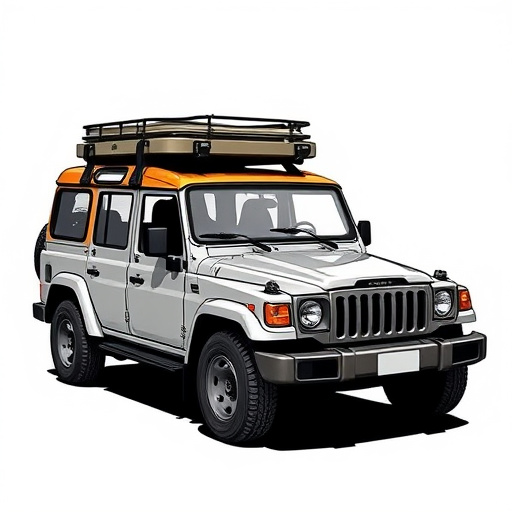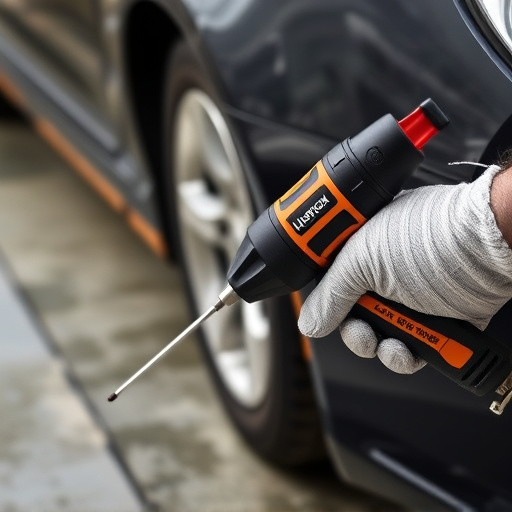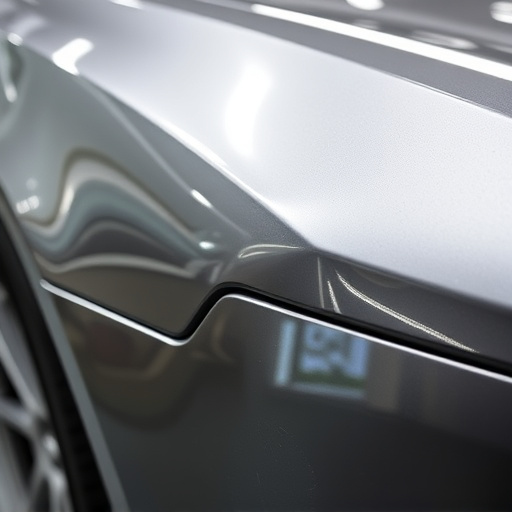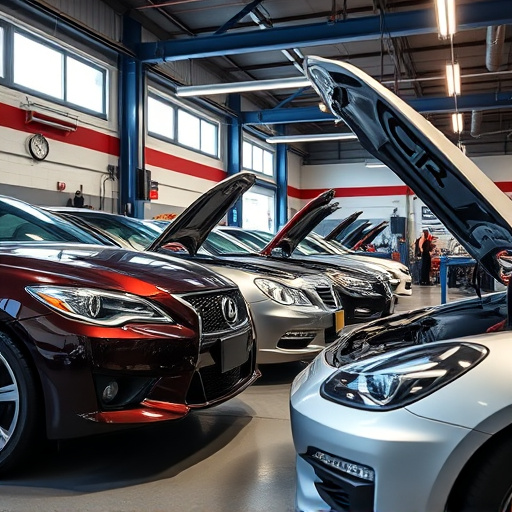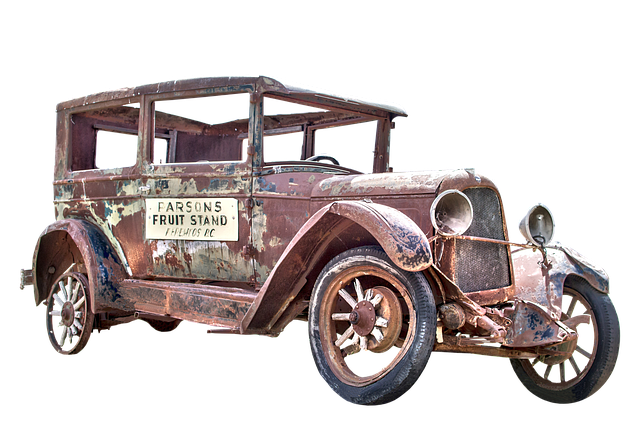Motorcycle collision repair is a specialized craft demanding deep knowledge of mechanics and post-accident challenges. It begins with thorough damage assessment, including intricate components, followed by meticulous measurements and custom fabrication to restore bikes to pre-incident condition. Essential tools include specialized hardware, jack systems, sanders, pressure washers, precision instruments, and high-quality paint services. Advanced techniques like Paintless Dent Repair (PDR) revolutionize the industry, offering cost-effective, eco-friendly restoration methods for intricate motorcycle body work.
Uncover the secrets behind mastering motorcycle collision repair with our comprehensive guide. From understanding foundational principles to equipping yourself with essential tools, this article offers invaluable insights for DIY enthusiasts and professionals alike. Learn advanced techniques prioritizing safety and quality restoration, ensuring your bike’s return to its pre-collision glory. Discover key practices that every motorcycle owner or mechanic should know, making informed decisions for effective collision repair.
- Understanding Basic Motorcycle Collision Repair Principles
- Essential Tools and Equipment for Efficient Repairs
- Advanced Techniques to Ensure Safety and Quality Restoration
Understanding Basic Motorcycle Collision Repair Principles

Motorcycle collision repair is a specialized art that involves understanding both the mechanics of motorcycles and the unique challenges they present when damaged. Before diving into the secrets, it’s crucial to grasp the basic principles that underpin this process. At its core, motorcycle collision repair requires a meticulous approach, combining technical expertise with an eye for detail. Repair technicians must not only address visible damage but also inspect and rectify any underlying structural issues to ensure safety and optimal performance.
The process begins with assessing the extent of the damage, which often involves complex components like frames, engines, and suspension systems. Unlike auto repair services that might focus on straightening dents, motorcycle collision repair entails precise measurements, alignment, and sometimes even custom fabrication to return the bike to its pre-accident condition. This meticulous attention to detail is what sets it apart from automotive repair services, making it a specialized field within the broader realm of vehicle maintenance.
Essential Tools and Equipment for Efficient Repairs
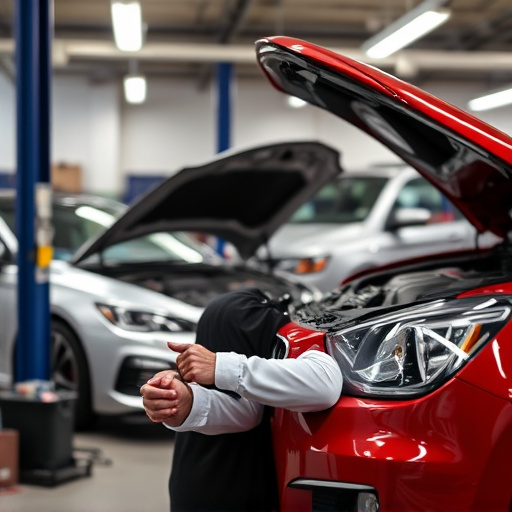
When it comes to motorcycle collision repair, having the right tools is paramount to ensuring efficient and effective fixes. A well-equipped workshop is the cornerstone of any skilled mechanic, allowing for precise and timely repairs. Essential tools include specialized wrenches, sockets, and screwdrivers tailored for motorcycles, as well as a reliable jack and stand system for safe bike support.
Furthermore, advanced equipment such as sanders, grinders, and pressure washers are invaluable for removing damage and preparing surfaces. For intricate work, precision instruments like scalpel-like tools and fine-toothed files are crucial. Don’t forget the importance of high-quality car paint services for matching colors accurately. Whether it’s a simple bumper repair or more complex collision damage repair, having these tools at hand significantly streamlines the process, ensuring your motorcycle returns to its pre-accident condition faster and safer.
Advanced Techniques to Ensure Safety and Quality Restoration
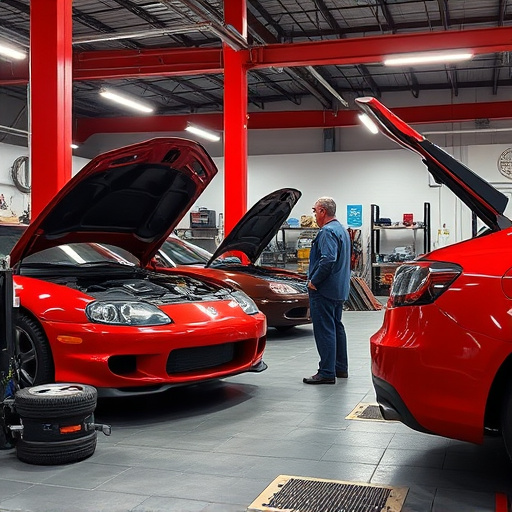
In the realm of motorcycle collision repair, advanced techniques play a pivotal role in ensuring both safety and quality restoration. Modern automotive body work often involves sophisticated methods beyond conventional repairs, especially for intricate components unique to motorcycles. Professional mechanics employ state-of-the-art equipment and specialized tools tailored for precise adjustments and seamless integration.
One notable technique gaining traction is paintless dent repair (PDR), a non-invasive method that preserves the original factory finish. This eco-friendly approach, while suitable for various vehicle dent repairs, has become a game-changer in motorcycle collision restoration. By skillfully manipulating panels without sanding or painting, PDR offers a cost-effective and time-efficient solution, ensuring your motorcycle looks as good as new while minimizing environmental impact.
Uncovering these secrets equips you with the knowledge to tackle motorcycle collision repairs with confidence. By understanding fundamental principles, investing in essential tools, and mastering advanced techniques, you can ensure safe and high-quality restoration for any two-wheeled vehicle. Incorporate these practices into your repair regimen to elevate your skills and stand out as an expert in the field of motorcycle collision repair.
